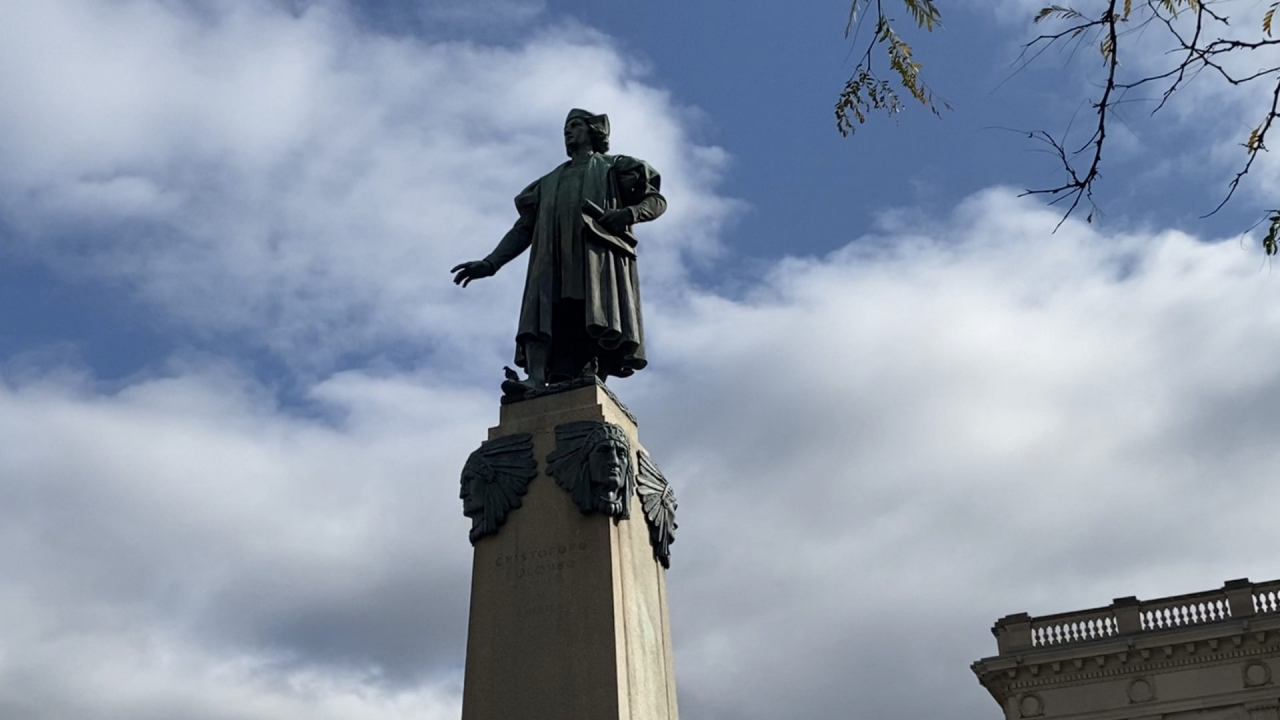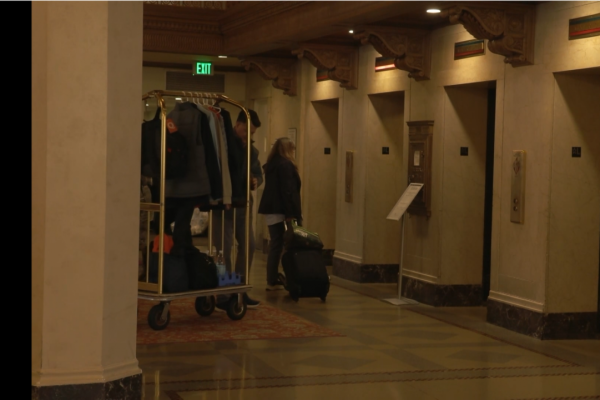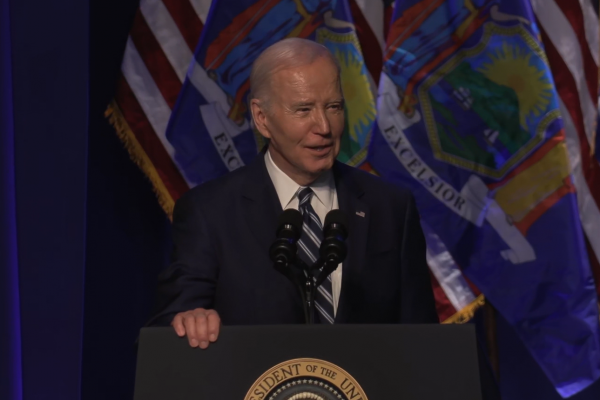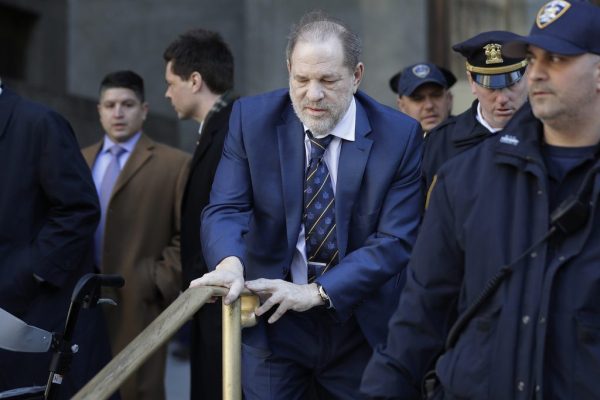
SYRACUSE, N.Y. (NCC News) — Christopher Columbus and his history are topics Jordan Fahnestock, the Pulaski High School social studies chair, said teachers are ready for.
“I think the topic of Columbus has been changing,” Fahnestock said. “We’ve seen a shift with how Columbus has been viewed.”
Fahnestock teaches an advanced placement U.S. history course starting in 1492 where Columbus is discussed.
“I really challenge the kids to look at that because I think that they’ve probably been sheltered on some of that,” Fahnestock said.
Dr. Stephen Fleury, the education department chair at Le Moyne College, believes the backlash from the announcement of the Christopher Columbus statue being removed soon partly comes from people’s attachment to place.
“Whenever you go to move any kind of a monument like that it’s sort of like you’re trying to move a piece of someone’s life,” Fleury said.
On the other hand, Fleury believes that those who agreed with the removal of the statue probably based their decision on what they want in the future.
“It’s a future orientation about what do we want to impress upon our children, meaning our community’s children about ourselves and who we are,” Fleury said.
Fleury stated that the role of teachers is to get students to think about the meaning of statues, the meaning of communities getting involved in this issue and who is and isn’t included in decisions about this.
“Children are wonderful when you get them talking about this,” Fleury said. “How insightful they really can be.”
The Le Moyne College professor said this is a great time for history and social studies teachers to dig deeper and read more on Columbus’ history to prepare themselves for potentially tough conversations with students.




